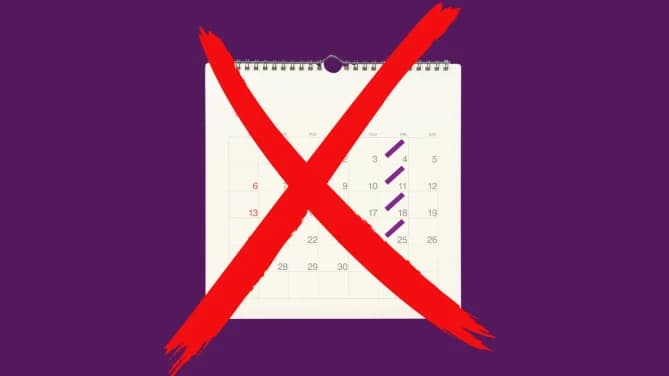The Ugly Truth of the 4-Day Workweek
The four-day workweek is dominating career conversations. Major companies around the world are adopting the new adjusted work schedule, with a majority of them citing real benefits to their workforce.
In many aspects, the four-day workweek sounds glamorous: less time spent online or in the office; more time spent on personal activities; three-day weekends every week; a better work-life balance.
And many of the conversations about the four-day workweek focus on these glamorous elements. Workers in Iceland who took on a four-day workweek reported better work-life balance and even a more positive attitude at work. Workers in New Zealand with a four-day workweek were 20% more productive than when they worked a full-day workweek.
While the four-day workweek has gotten some buzz because of these positive effects, not everyone’s buzzed about the idea of bringing it to their work life. Many workers worry — reasonably — about time and productivity. To them, a four-day workweek sounds more like 40 hours or more condensed into four days; and those days are filled with overwork, struggles to meet deadlines and even more stress.
Those are the same concerns the company Buffer ran into when adjusting to a four-day workweek. In the first month, most teams focused on how they could cram all of their five-day work into the new four days.
Unsurprisingly, that mindset didn’t work — but Buffer didn’t give up on the four-day workweek.
“To get everyone closer to a 32-hour four-day workweek, they had to change how they worked,” Jennifer Liu reports for CNBC Make It. “Buffer teams cut down on meetings…moved to asynchronous communication tools like Threads, and adjusted expectations of how long it would take to meet project deadlines.”
As they cut down on meetings, they found employees felt less engaged because they weren’t getting as much social interaction. Instead of reverting to what they had before, Buffer instead planned outside virtual social events so employees could have opportunities to connect.
Adopting a four-day workweek isn’t as easy as giving your team Fridays off. Like how many managers and employees worked hard to adjust to remote work — and how many still are adjusting — the four-day workweek requires a lot of effort and adjustment, too.
It requires reassessing meetings, workflows, deadlines and team communication. It means analyzing resources, employee productivity and engagement. It’s not just a schedule shift; it’s a cultural one.
And even as Buffer stumbled with their shift, 91% of its employees report being happier and more productive with the four-day workweek. They just needed to make some serious changes and adjustments to make it work.
“The conversation has been less about ‘should we continue?’ but rather ‘how do we make this work for us?’” Hailley Griffis, Buffer’s head of public relations, said to CNBC Make It.
The ugly truth of the four-day workweek isn’t the workweek itself. It’s the work that’s required to make it work — and not everybody’s ready, or willing, to do it.
--
This article reflects the views of the author and not necessarily those of Fairygodboss.
Zoe Kaplan is a Staff Writer & Content Strategist at Fairygodboss.
What do you think of the four-day workweek? Share your answer in the comments to help other Fairygodboss members!
Why women love us:
- Daily articles on career topics
- Jobs at companies dedicated to hiring more women
- Advice and support from an authentic community
- Events that help you level up in your career
- Free membership, always
